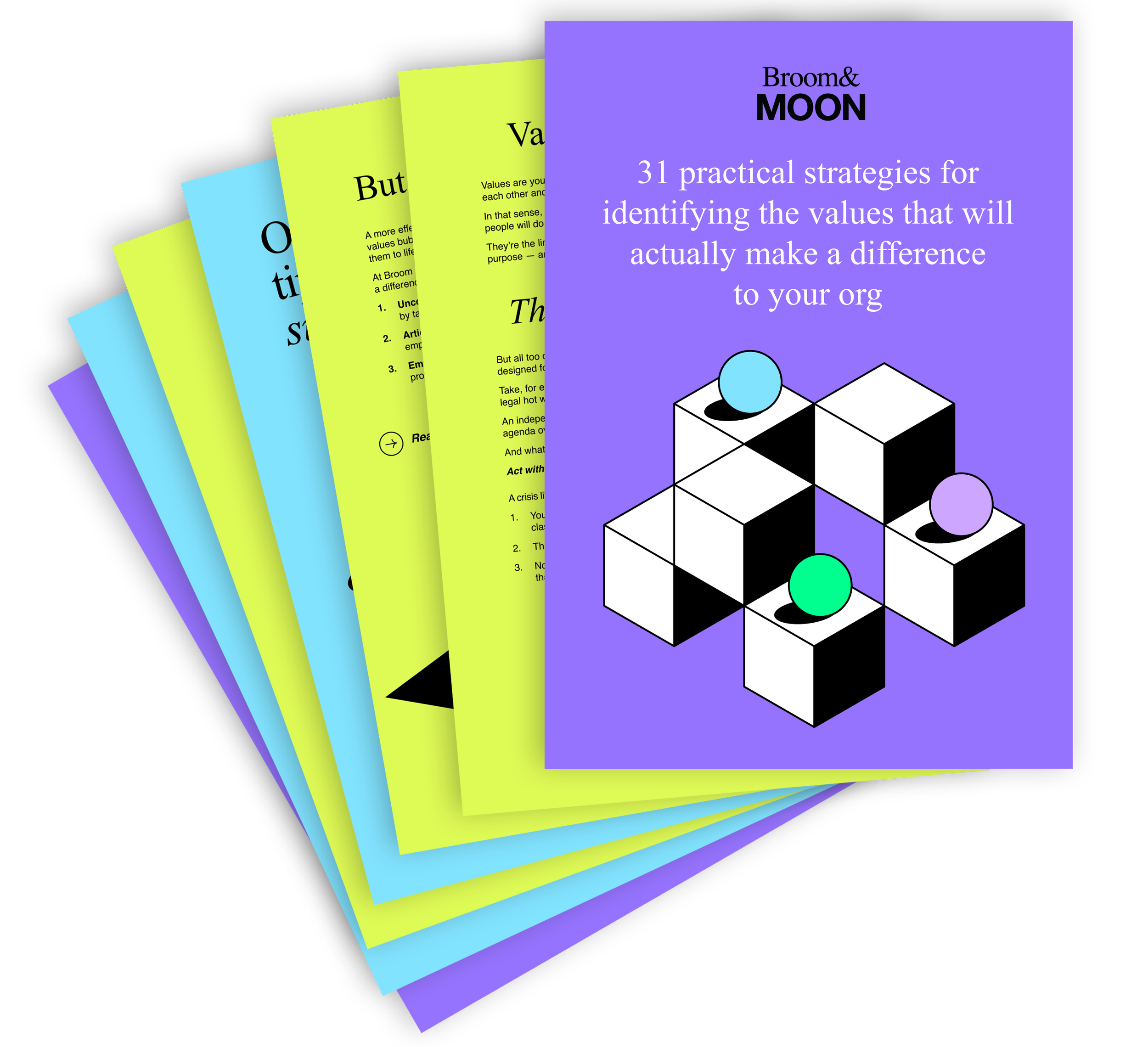Conference speech? 5 tips to wow your audience
You’ve been invited to speak at a conference — congratulations! Here are five tips for creating a presentation your audience will love.
More “you’s” than “we’s”
The starting point of any great conference speech, as with all communication, is knowing your audience: who they are, what matters to them and, above all, how you can add value to them.
Want a great way to quickly assess how audience-focused you’re being in your speech or presentation? Count the number of times you use first-person pronouns — i.e. words like we, us, our, me, my and I.
Then compare that number to the number of times you use second-person pronouns — e.g. you, your, yours.
A good rule of thumb is to use at least twice as many you’s to we’s. That way you can feel confident you’re more focused on your audience than on beating your own chest.
2. Ditch the warm-up
Here’s how not to open your keynote speech:
My name is X and I’m the head of X at X. We specialise in delivering innovative solutions to clients in the X industry and I am honoured to speak to you today.
No. No. No. This kind of opener is what we at Broom & Moon call corporate throat-clearing. It’s all about the speaker, not the value they add. (Note the ratio of references to the speaker — My, I’m, We, I — versus references to their audience — you).
Also, in all likelihood everyone in your audience already knows exactly who you are.
They’re there because they’ve chosen to attend your session and they’re keen to learn from you.
So there’s no need to repeat the information that’s listed in the conference guide. Instead, start adding value from the get-go.
3. Open with a bang
A better alternative to the “here’s me” opener is to hook your audience in with an attention-grabbing opener. For example:
A shocking statistic
A powerful quote
A provocative claim
A dramatic anecdote
A surprising statement that undermines expectations
An example of the latter is the opening slide in a conference presentation we created for the CEO of an AI company speaking at an AI conference:
A confession:
I am not an AI expert.
Yes, we broke our “don’t open by talking about yourself rule”. But in the context, this punchy statement had a shock value that signaled to the audience “this is not what you were expecting”.
The CEO then went on to talk about the importance of culture in building a successful tech business. The result? Her presentation went down a storm, with audience feedback like this:
“Your presentation was terrific at the AI leadership summit. And you had the best slides. I was very interested to know about Sapia.”
To read more about this presentation, take a look at our case study.
4. Use the power of three
Want your speech to stick in the mind of your audience long after the conference? Give it a three-part structure.
Even better, structure your speech around three three actionable things your audience can leave the conference with and apply to their work when they’re back at their desks.
You may feel that the more tips you give your audience, the greater the value you’re providing. But, trust us — when it comes to speeches, any more than three things and people will forget what you’ve told them.
In contrast, a punchy list of three things feels concise yet complete — making it both memorable and satisfying.
5. Incorporate stories into your speech
You can throw as many impressive stats at your audience as you like. But what they’ll remember the next day won’t be your product’s tech spec, but a story of how you solved a particular problem for a particular customer.
Take, for example, the keynote speech we wrote for an executive presenting to decision makers in the contact centre industry.
The speaker’s company had traditionally emphasised the impressive AI that powered their product — and the revenue gains it delivered.
But telling the story of how their technology helped Dave — an ordinary guy struggling to manage his finances — brought the technology to life like never before.
Related articles
Story first, strategy second: how to get people to buy into your big idea
How to bring your vision and strategy to life through storytelling
Want me to buy your product? Ditch the tech specs and tell me a story
Show don’t tell: 4 powerful strategies for telling better stories
Want help creating a conference speech? Get in touch!


